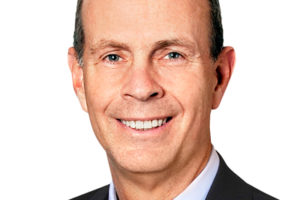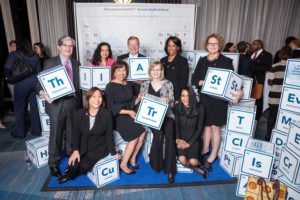NASA May Extend BEAM’s Time on the International Space Station

NASA is exploring options with Bigelow Aerospace to extend the life of the privately owned Bigelow Expandable Activity Module. Known as BEAM, the module is attached to the International Space Station and continues to perform well during its technology demonstration mission. NASA has issued a synopsis of an intended contract action to partner with Bigelow Aerospace to extend the life of the expandable habitat and use it for long-term in-orbit storage. This step continues NASA’s commitment to expand private-public partnerships, scientific research and commercial applications aboard station to maximize the benefits from humanity’s premiere laboratory in microgravity.
NASA’s use of BEAM as part of a human-rated system will allow Bigelow Aerospace to demonstrate its technology for future commercial applications in low-Earth Orbit. Initial studies have shown that soft materials can perform as well as rigid materials for habitation volumes in space and that BEAM has performed as designed in resistance to space debris.
BEAM launched on the eighth SpaceX Commercial Resupply Service mission in 2016. After being attached to the Tranquility Node using the station’s robotic Canadarm2, it was filled with air to expand it for a two-year test period to validate overall performance and capability of expandable habitats. Since the initial expansion, a suite of sensors installed by the crew automatically take measurements and monitor BEAM’s performance to help inform designs for future habitat systems. Learning how an expandable habitat performs in the thermal environment of space and how it reacts to radiation, micrometeoroids and orbital debris will provide information to address key concerns about living in the harsh environment of space. This extension activity will deepen NASA’s understanding of expandable space systems by making the BEAM a more operational element of the space station to be actively used in storage and crew operations.
Space station crew members have entered BEAM 13 times since its expansion in May 2016. The crew has conducted radiation shielding experiments, installed passive radiation badges called Radiation Area Monitors, and they routinely collect microbial air and surface samples. These badges and samples are returned to Earth for standard microbial and radiation analysis at the Johnson Space Center.
The original plan called for engineers to robotically jettison BEAM from the space station following the two-year test and validation period, allowing it to burn up during its descent through Earth’s atmosphere. However, after almost a year and a half into the demonstration with positive performance, NASA now intends to continue supporting BEAM for stowage use and to allow Bigelow Aerospace to use the module as a test-bed for new technology demonstrations. A new contract would likely begin later this year, overlapping the original planned test period, for a minimum of three years, with two options to extend for one additional year. At the end of the new contract, the agency may consider further life extension or could again consider jettisoning BEAM from the station.
Using the space inside BEAM would allow NASA to hold between 109 to 130 Cargo Transfer Bags of in-orbit stowage, and long-term use of BEAM would enable NASA to gather additional performance data on the module’s structural integrity, thermal stability and resistance to space debris, radiation and microbial growth to help NASA advance and learn about expandable space habitat technology in low-Earth orbit for application toward future human exploration missions. Given that the volume of each Cargo Transfer Bag is about 1.87 cubic feet (0.53 cubic meters), use of BEAM for stowage will free an equivalent space of about 3.7 to 4.4 International Standard Payload Racks, enabling more space in the ISS for research.
With an extension of the partnership, Bigelow also would be able to continue to demonstrate its technology for future commercial applications in low-Earth orbit. The public-private partnership between NASA and Bigelow supports NASA’s objective to develop deep space habitation capabilities for human missions beyond Earth orbit while fostering commercial capabilities for non-government applications to stimulate the growth of the space economy.
Source: NASA




